Explanation
Originally known as Gwangtongnu, Gwanghalluwon Garden was built by Hwang Hui Jeongseung in 1419 during the reign of Joseon dynasty’s King Sejong. Because of its outstanding beauty, Governor Jeong In-ji gave the garden the name "Gwanghallu" in 1444, comparing it to a garden from the palace on the moon. It is famous as the location where Lee Mong-ryong and Chunhyang (two lovers from a well-known Korean folk story) first met. In the 1920s Chunhyangsa Temple was established in the neighboring area and a portrait of Chunhyang was hung in a place of honor. The garden is the venue of the Chunhyangjae Festival every spring, celebrating the deep and lasting love of the famous couple. The area around Gwanghalluwon Garden is full of many attractions, including Ojakgyo Bridge, symbolizing the bridge connecting Chilseok and Gyeonwu from the traditional story of Chilseok; and Chunhyang Hall, Wolmae-jip (house of Chunhyang's mother), Wanwoljeong Pavilion, Yeongjugak Pavilion, Samsinsan and many other traditional buildings.
Inquiry
Gwanghalluwon Garden Administration
Homepage
Information Use
Contact and Information : +82-63-620-8907
Parking facilities : Available (Small vehicles: 213 spaces / Large vehicles: 66 spaces)
Day off : N/A (Open all year round)
Hours : April-October 08:00-21:00
November-March 08:00-20:00
* Free admission after 18:00
More information
Admission Fees
[Admission to Gwanghalluwon Garden]
Adults (ages 19-64): 4,000 won / Group: 2,500 won / Special discount: 1,800 won
Teenagers (ages 13-18): 2,000 won / Group: 1,500 won / Special discount: 1,000 won
Children (ages 7-12): 1,500 won / Group: 1,000 won / Special discount: 700 won
* Group: 20 people or more (must enter together with same purpose)
* Special discount: holders of same-day admission ticket to Chunhyang Theme Park
* Free admission: Preschoolers (ages 6 and younger), Senior citizens (ages 65 and older)
Restrooms
Available
Parking Fees
One-day parking 2,000-4,000 won / Monthly parking 30,000-60,000 won
Location
1447 Yocheon-ro, Namwon-si, Jeonbuk-do
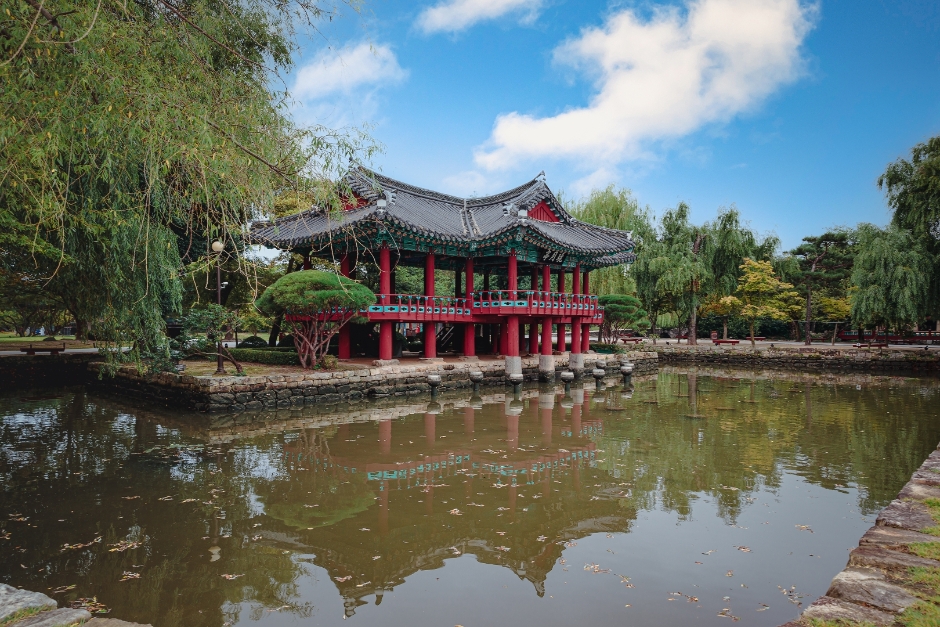
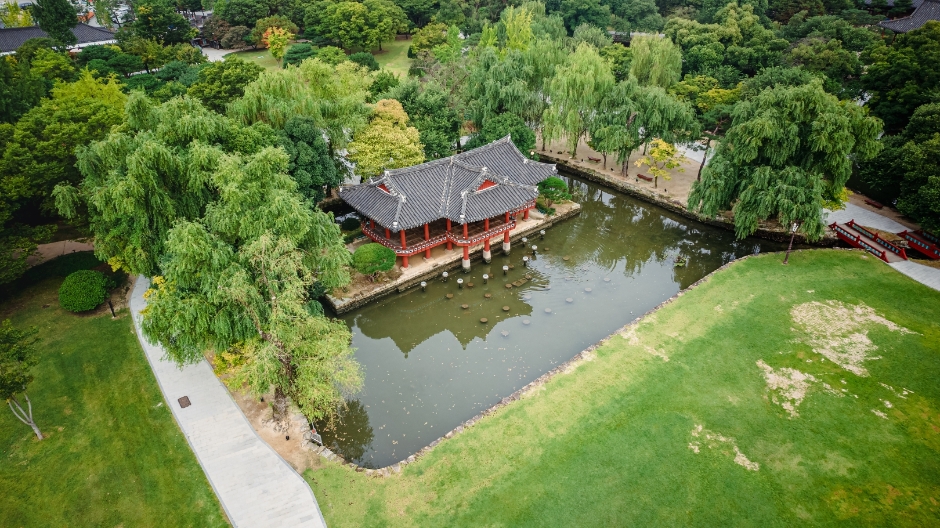
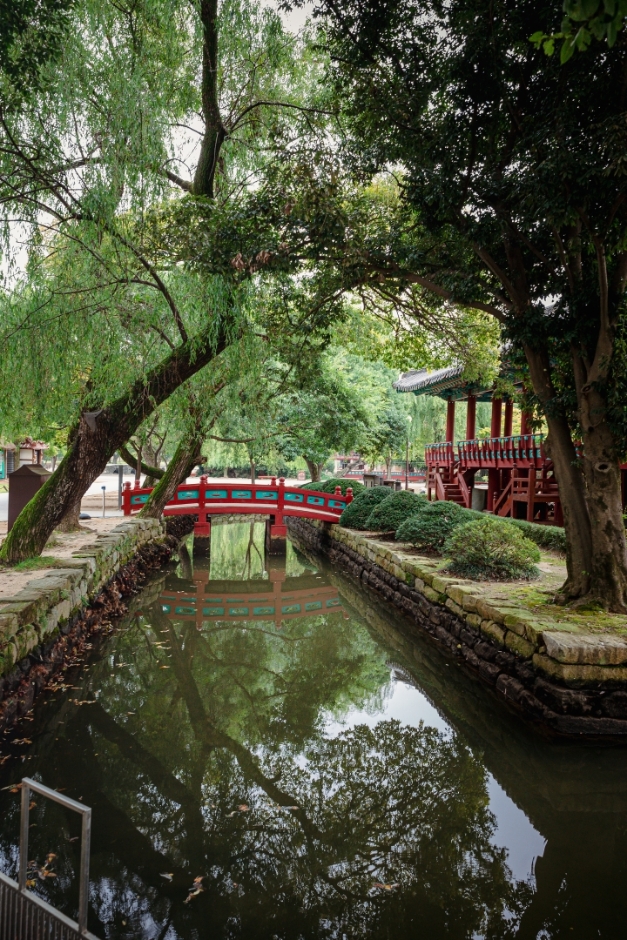
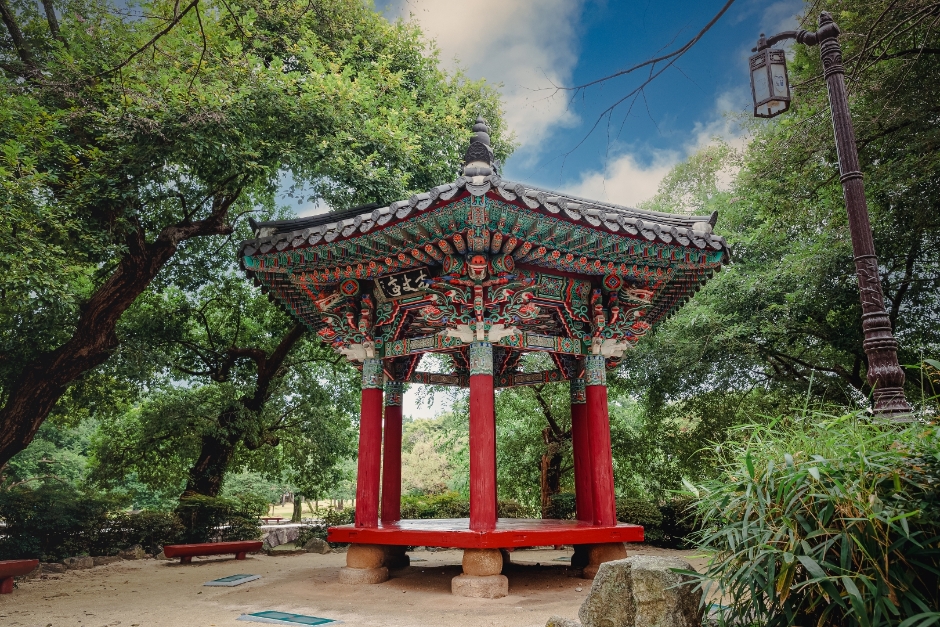
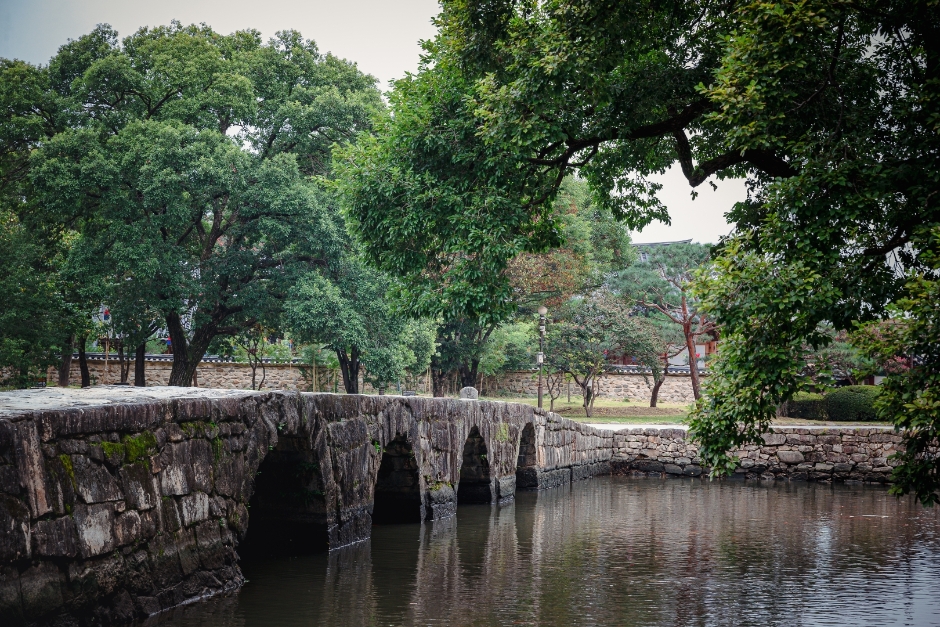
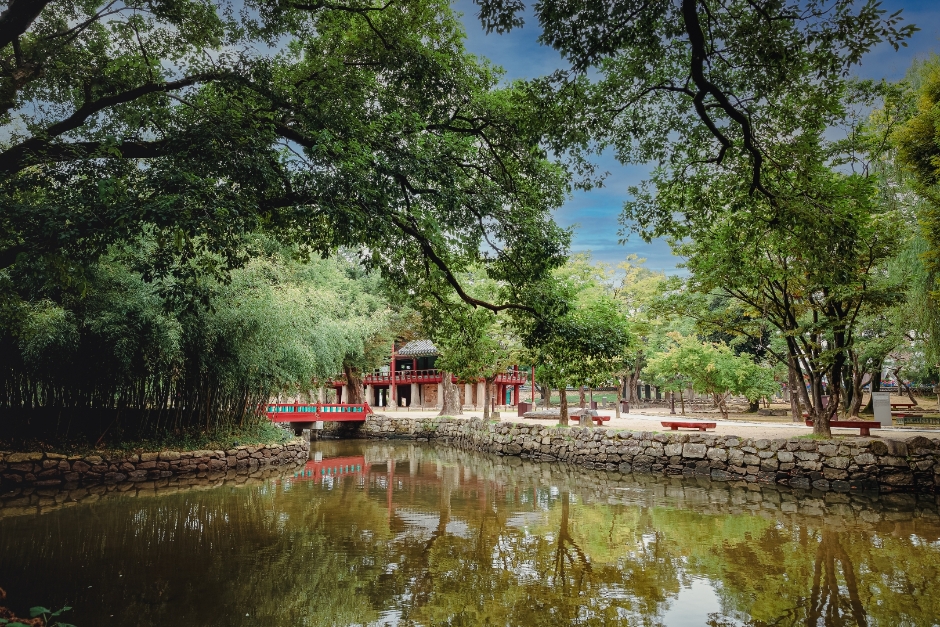
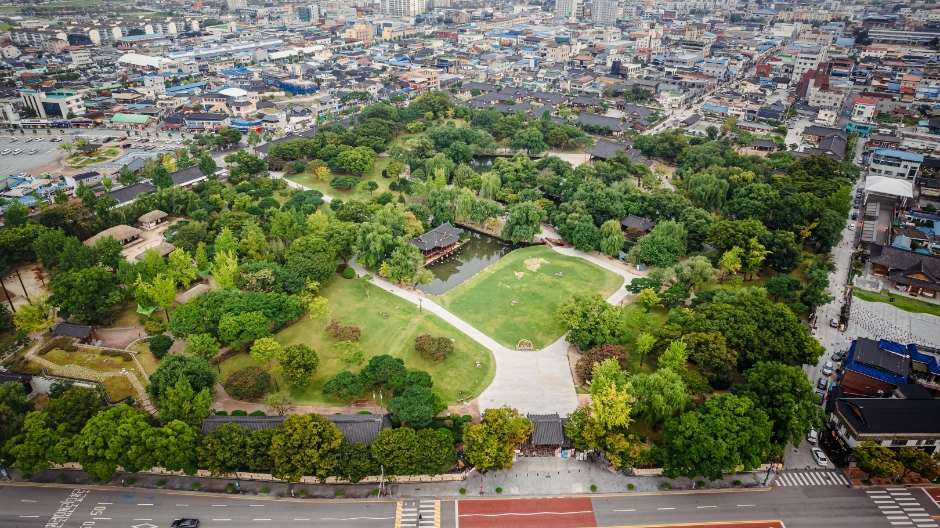
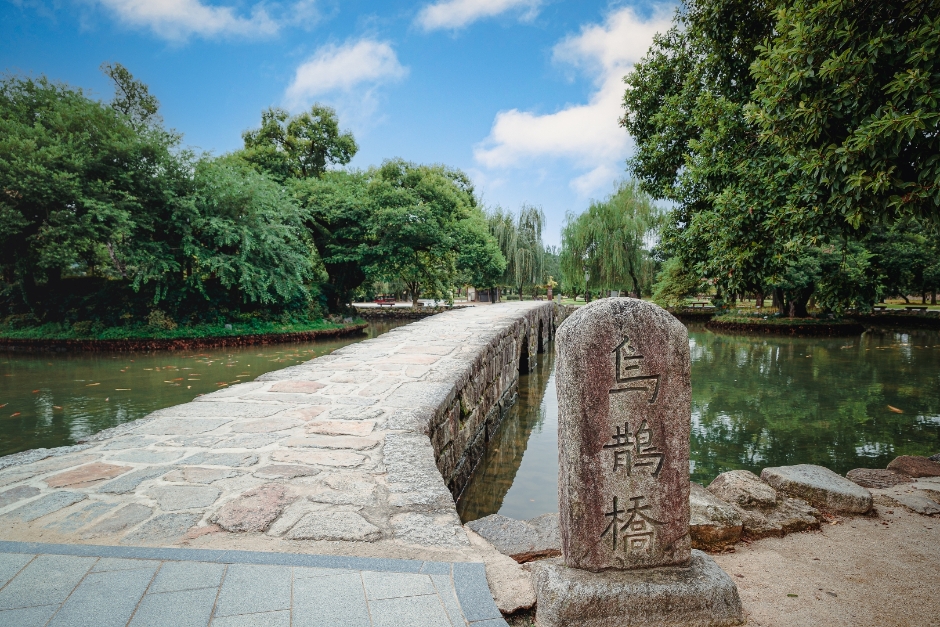
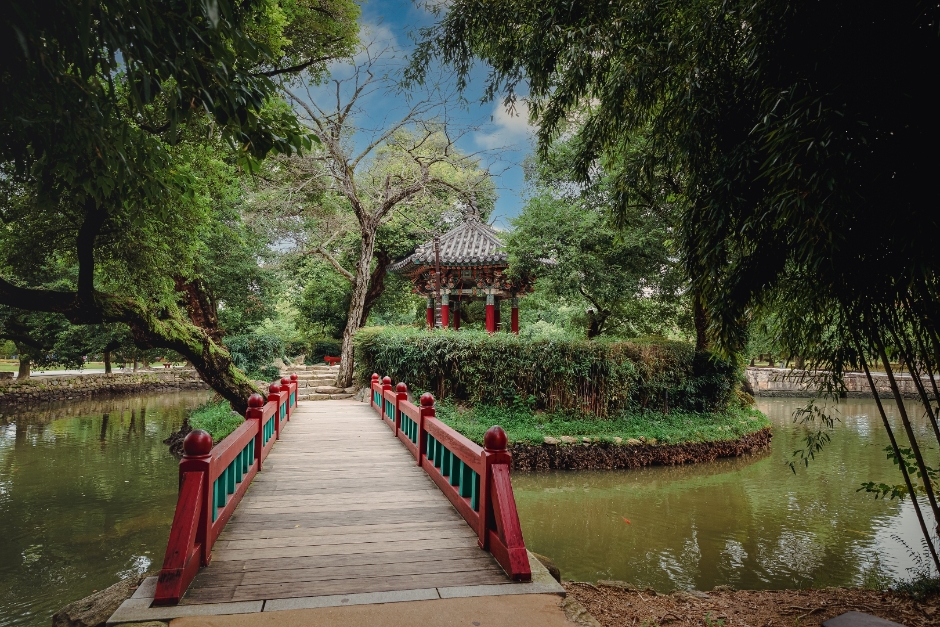
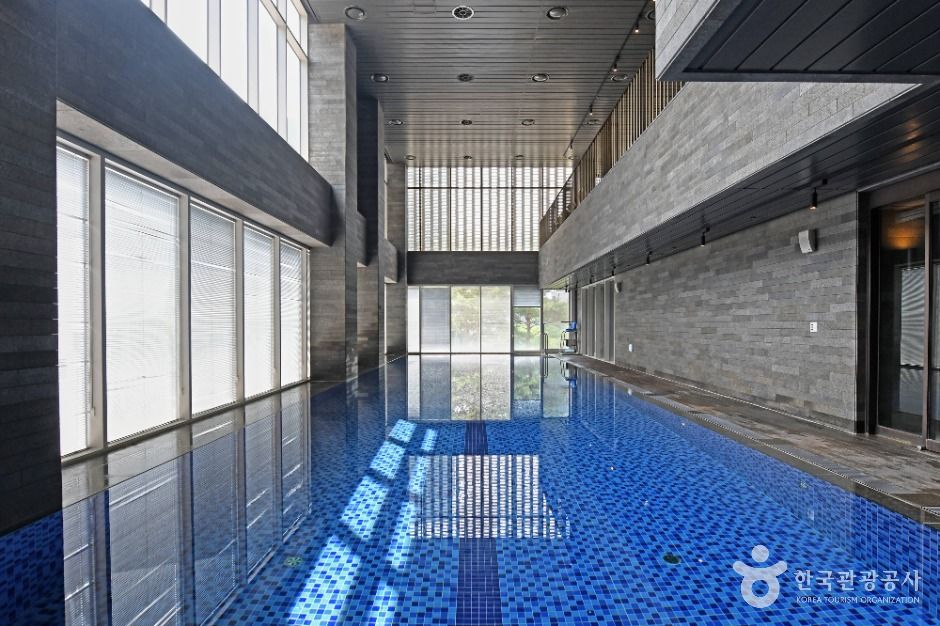
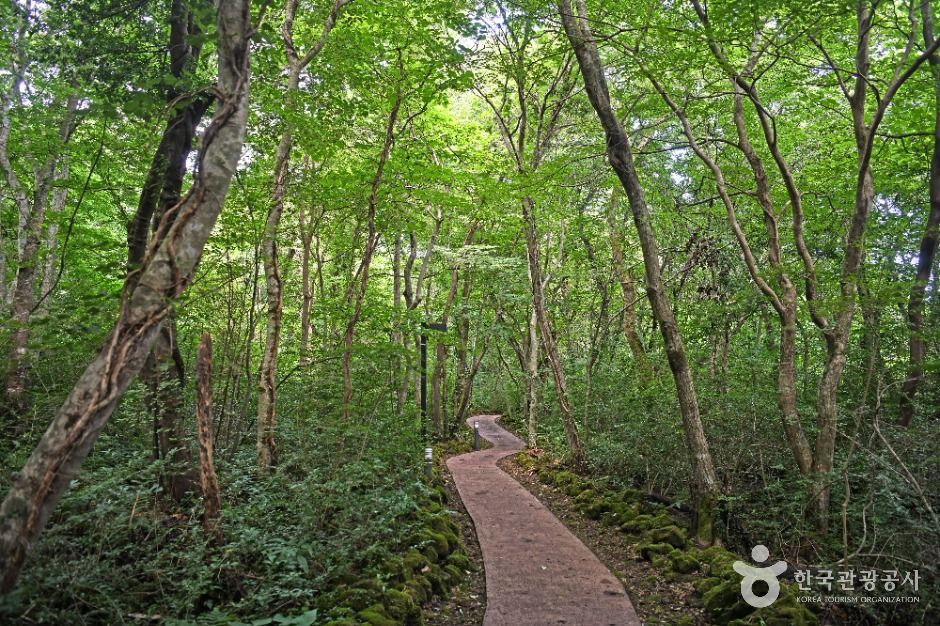
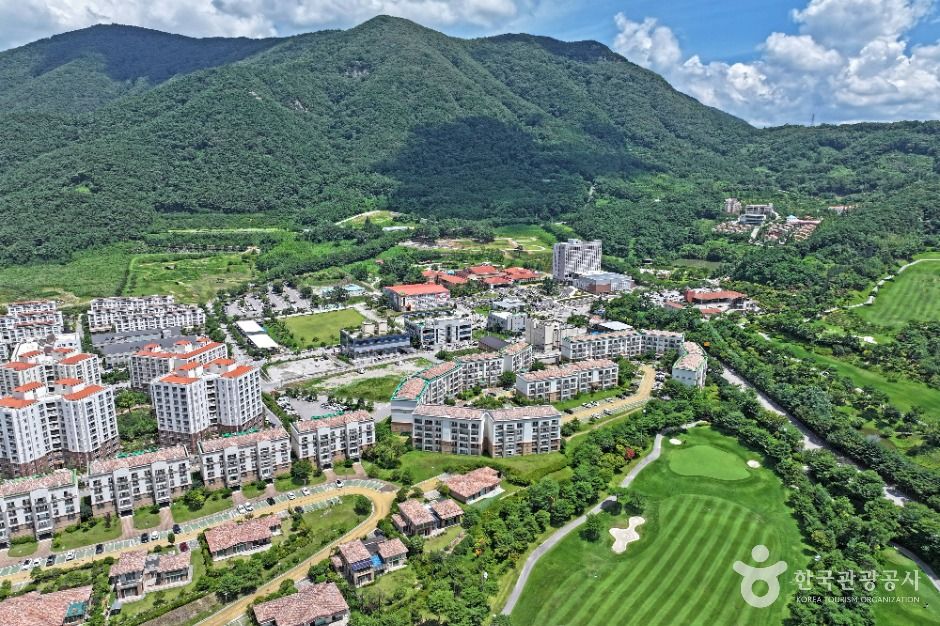
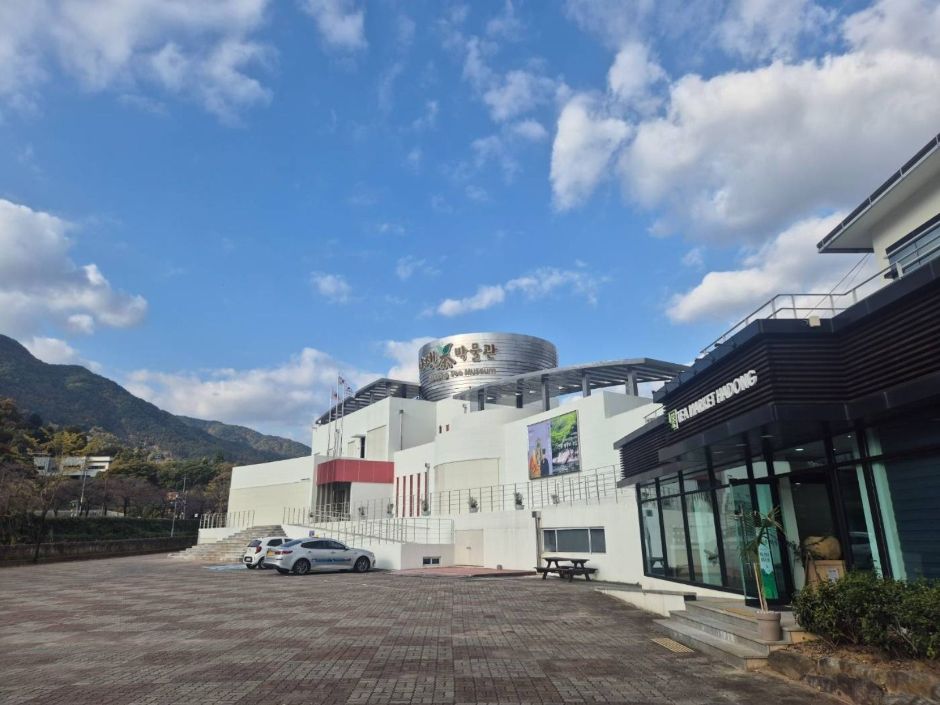
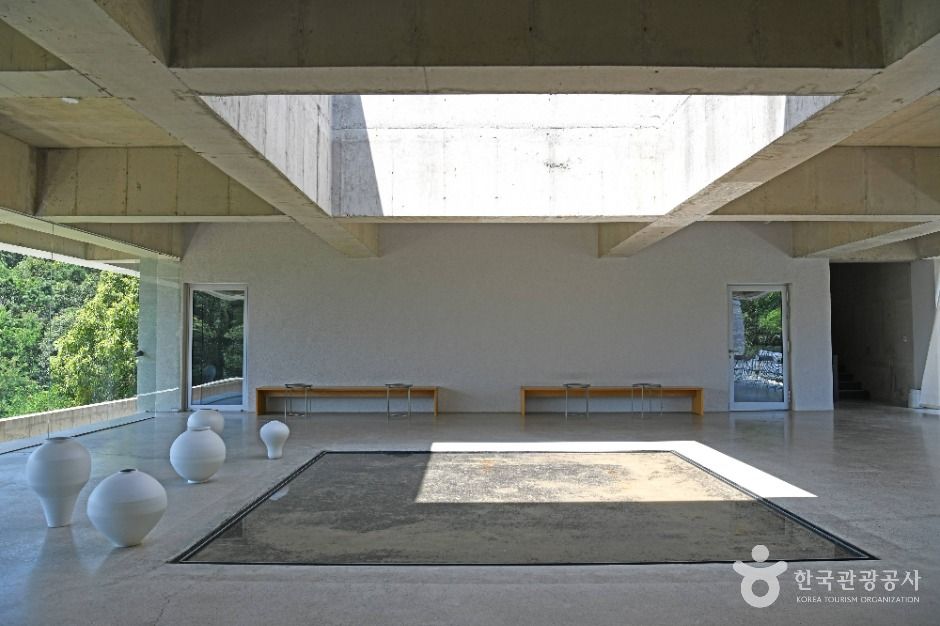

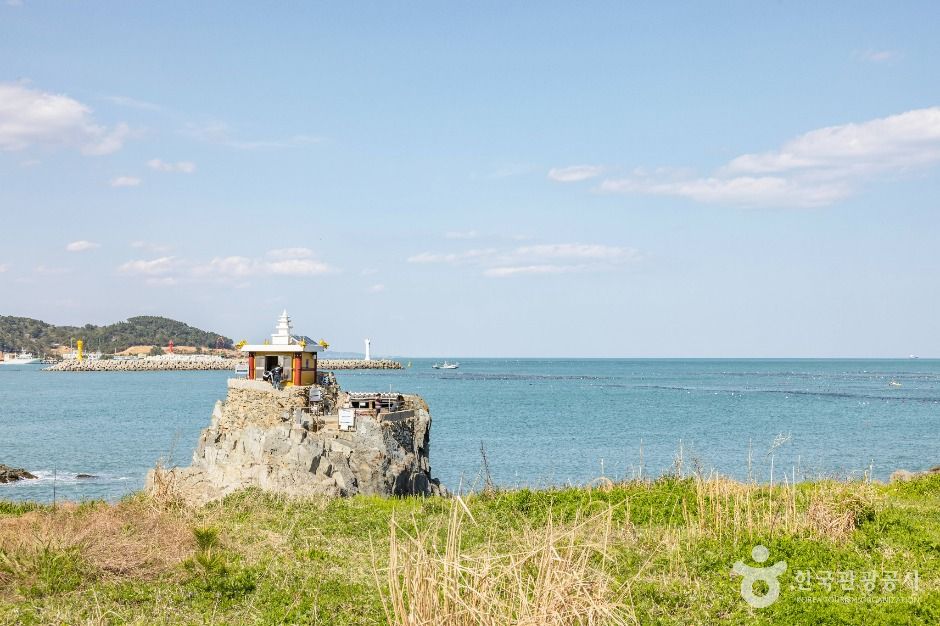

 English
English
 한국어
한국어 日本語
日本語 中文(简体)
中文(简体) Deutsch
Deutsch Français
Français Español
Español Русский
Русский